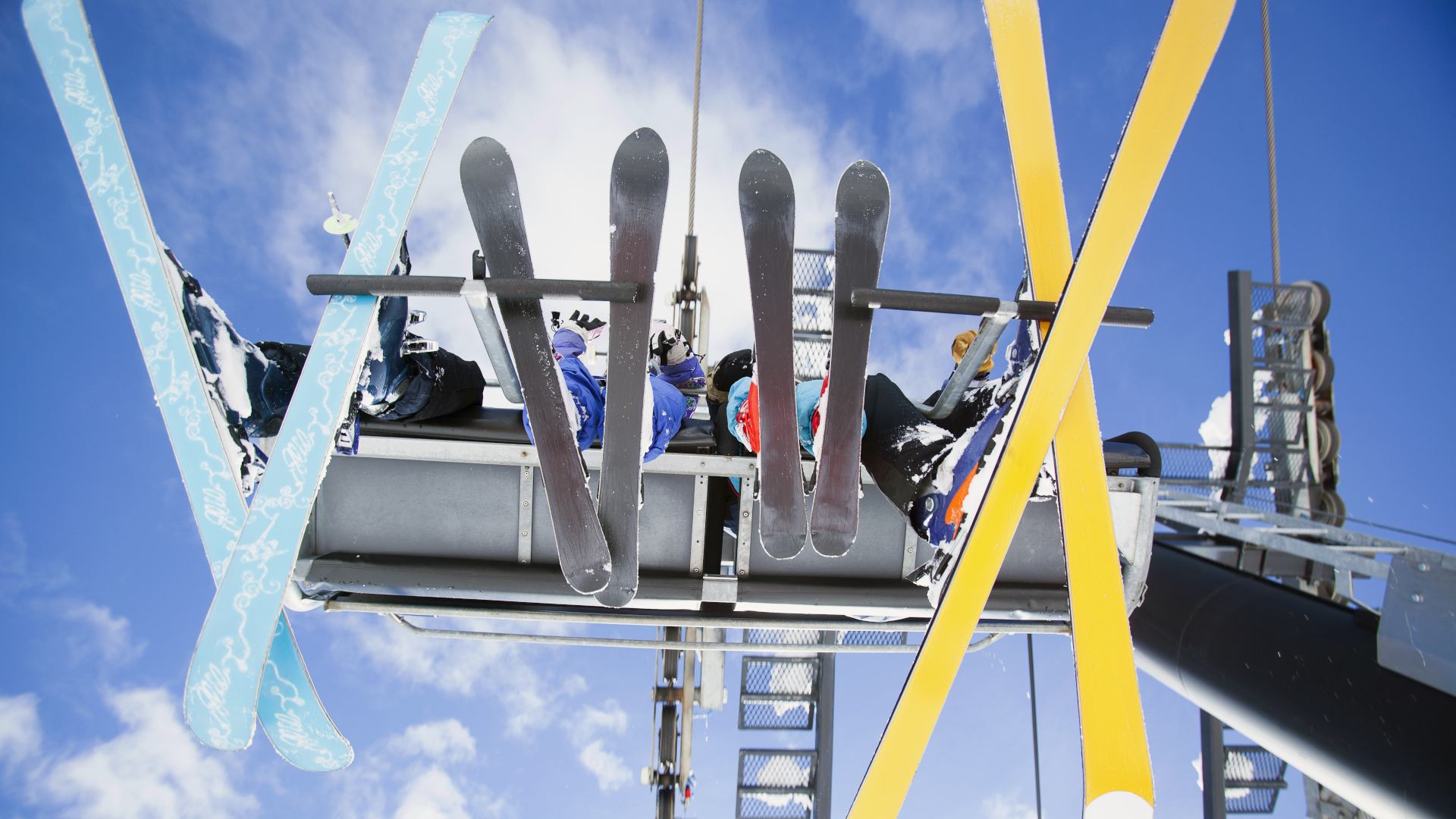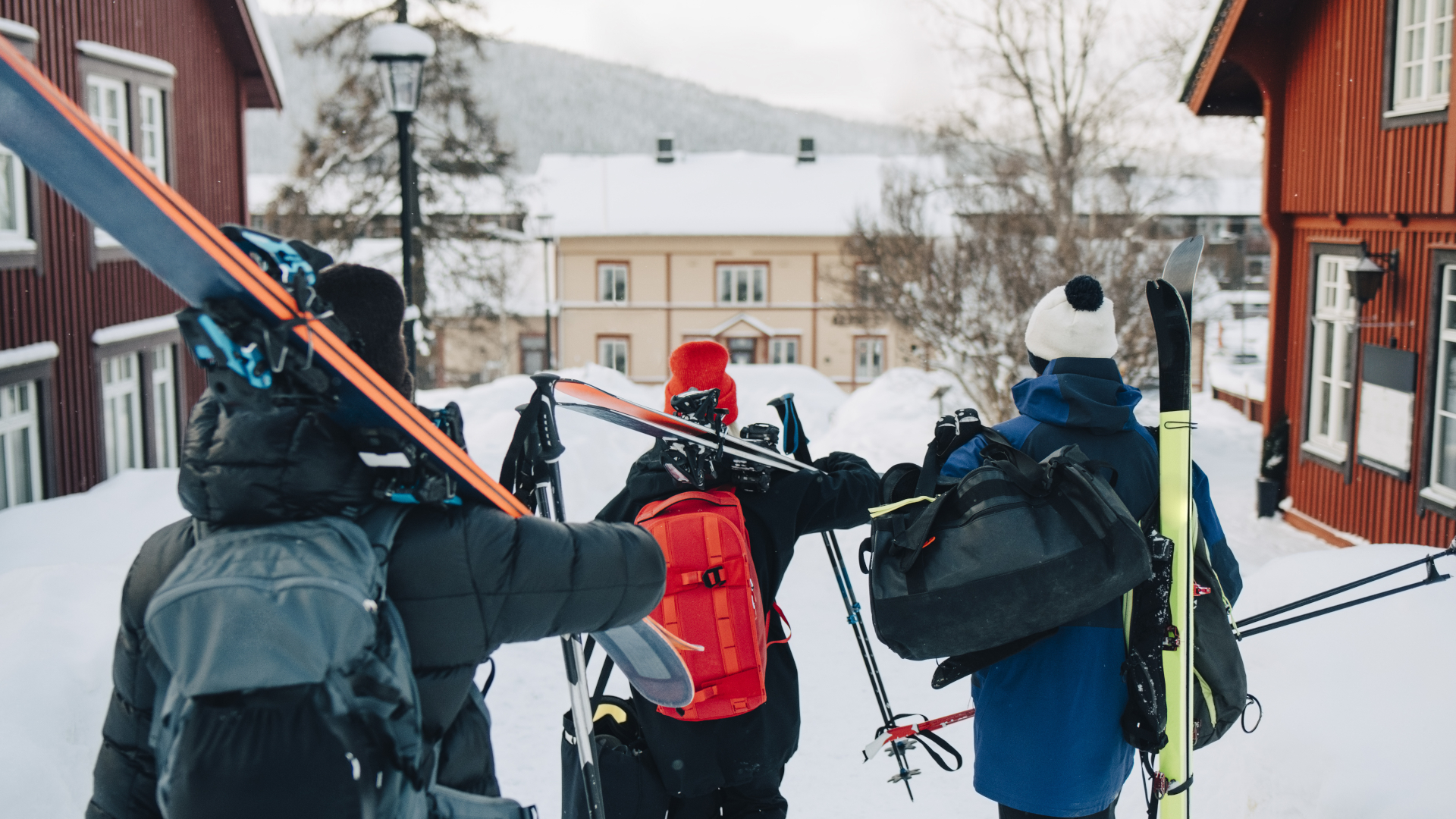‘Historically strong’ El Niño coming to a ski resort near you – but what does it mean?
Will the 2023/24 winter be a season of stoke?

Following months of uncertainty, forecasters have announced that this winter will bring an El Niño event to the Northern Hemisphere, with high chances of it being a strong event – but what does that mean for ski season?
The National Oceanic and Atmospheric Administration have said following three consecutive La Niña winters, they are "virtually certain" we can expect an El Niño winter for the 2023/24 ski season, with the chances of it being "strong" as high as 85 percent.
As we explain in our article on El Niño vs La Niña weather patterns, an El Niño climate pattern means that trade winds which blow west along the equator, carrying warm water from South America to Asia, weaken. Consequently, the warm water is pushed back towards the west coast, resulting in wetter than normal weather and potentially flooding in the gulf coast and southeast accompanied by dryer weather in the northern states.

What is a "strong" El Niño event?
As explained on Open Snow, a strong El Niño event simply means warmer than average sea temperatures in the Pacific Ocean. To predict an El Niño year, average sea temperatures in the Pacific need to be up at least 0.5°C (0.9°F) over the preceding month. As of October 9, temperatures are up 1.5°C, which is the warmest weekly sea surface temperature anomaly in October since 2015.
Back in 2015, this produced higher than average snowfall at all major resorts out west, including the Pacific Northwest, which sat at or above 100 percent, with the exception of Utah which saw lower than average snow.

What does El Niño mean for skiing?
So should you be brushing off your ski jacket and ski pants in gleeful anticipation of endless powder days or not? Well, as they say, you can't really predict the weather more than a few days in advance, so what this all means for skiing is anyone's guess.
In 2015, El Niño was a great thing, but generally speaking, it might mean northern areas experience warmer temperatures and less snow, while southwest resorts could be making hay all winter long. And if you're in Colorado, you straddle the line between El Niño and La Niña, so the chances are you're getting snow regardless.
All the latest inspiration, tips and guides to help you plan your next Advnture!
The best advice no doubt comes from Joel Gatz, founder of Open Snow, who advises not booking your ski trip more than 7 - 10 days in advance to increase your chances of scoring the best conditions. Make sure you use a reliable weather app to check on forecasts, and know how to read a mountain weather forecast.
Julia Clarke is a staff writer for Advnture.com and the author of the book Restorative Yoga for Beginners. She loves to explore mountains on foot, bike, skis and belay and then recover on the the yoga mat. Julia graduated with a degree in journalism in 2004 and spent eight years working as a radio presenter in Kansas City, Vermont, Boston and New York City before discovering the joys of the Rocky Mountains. She then detoured west to Colorado and enjoyed 11 years teaching yoga in Vail before returning to her hometown of Glasgow, Scotland in 2020 to focus on family and writing.

